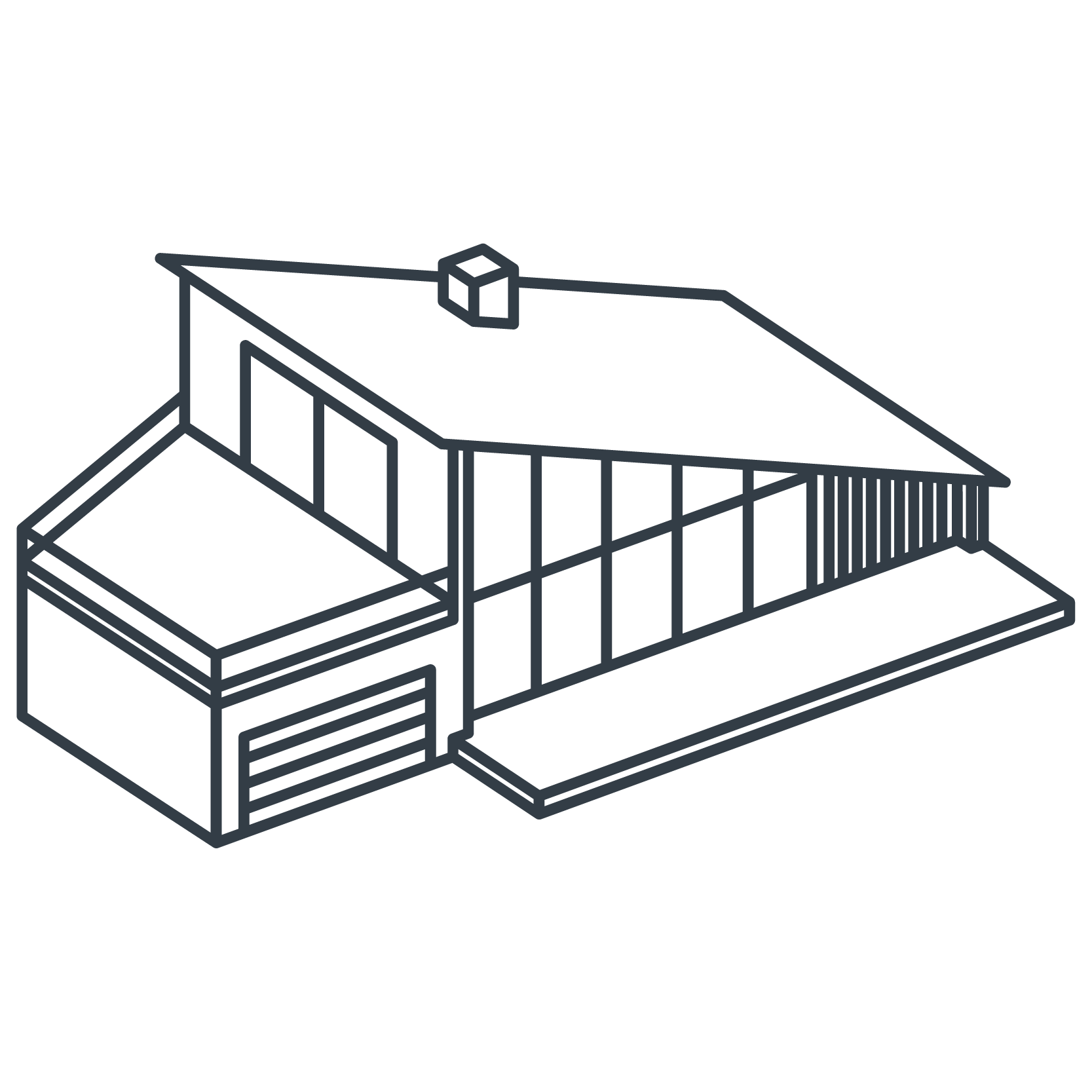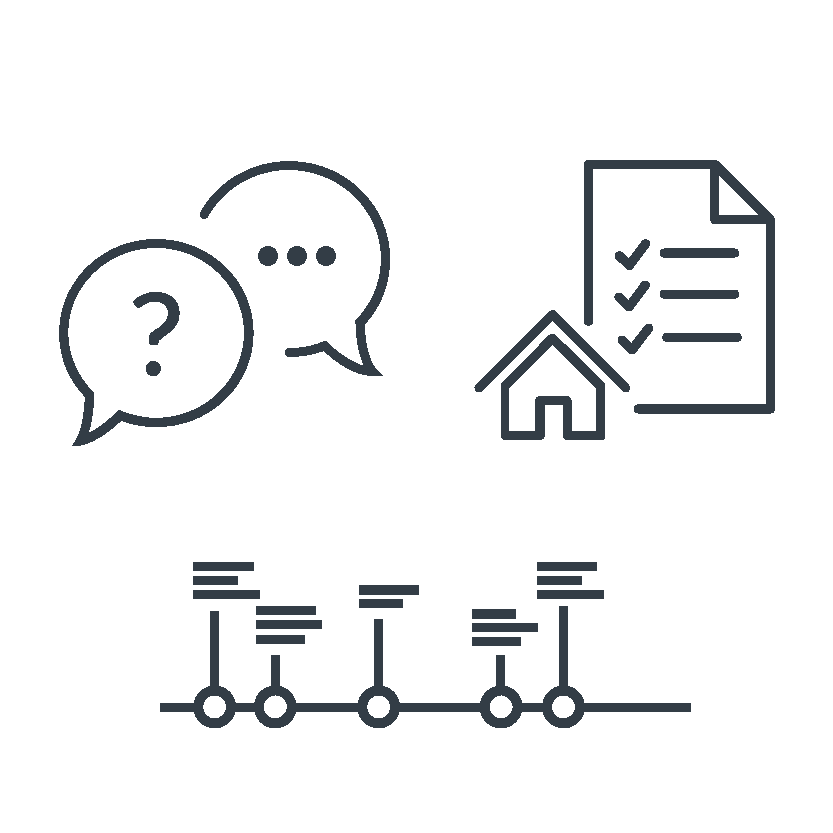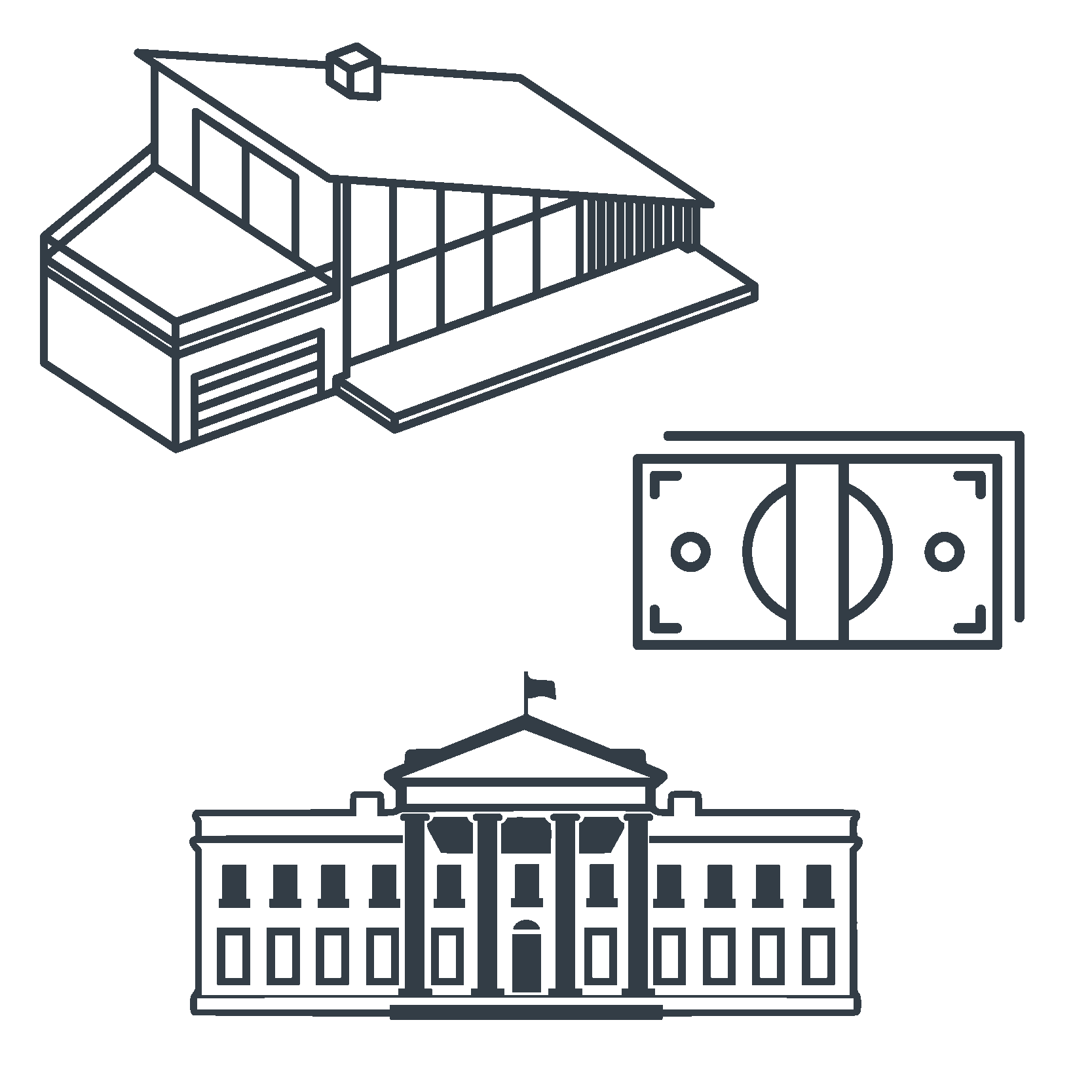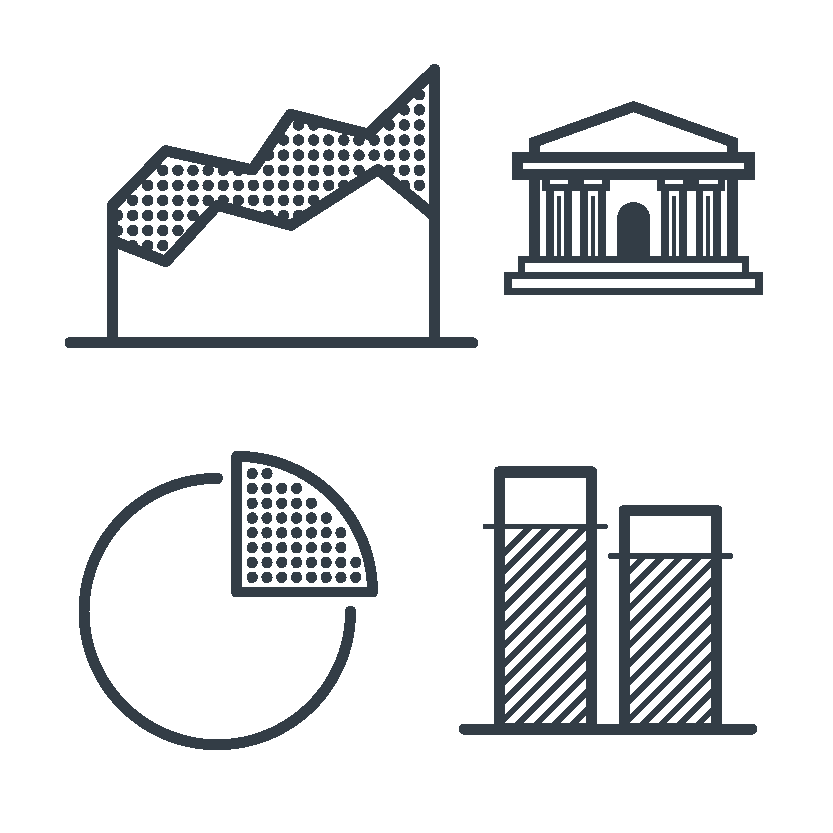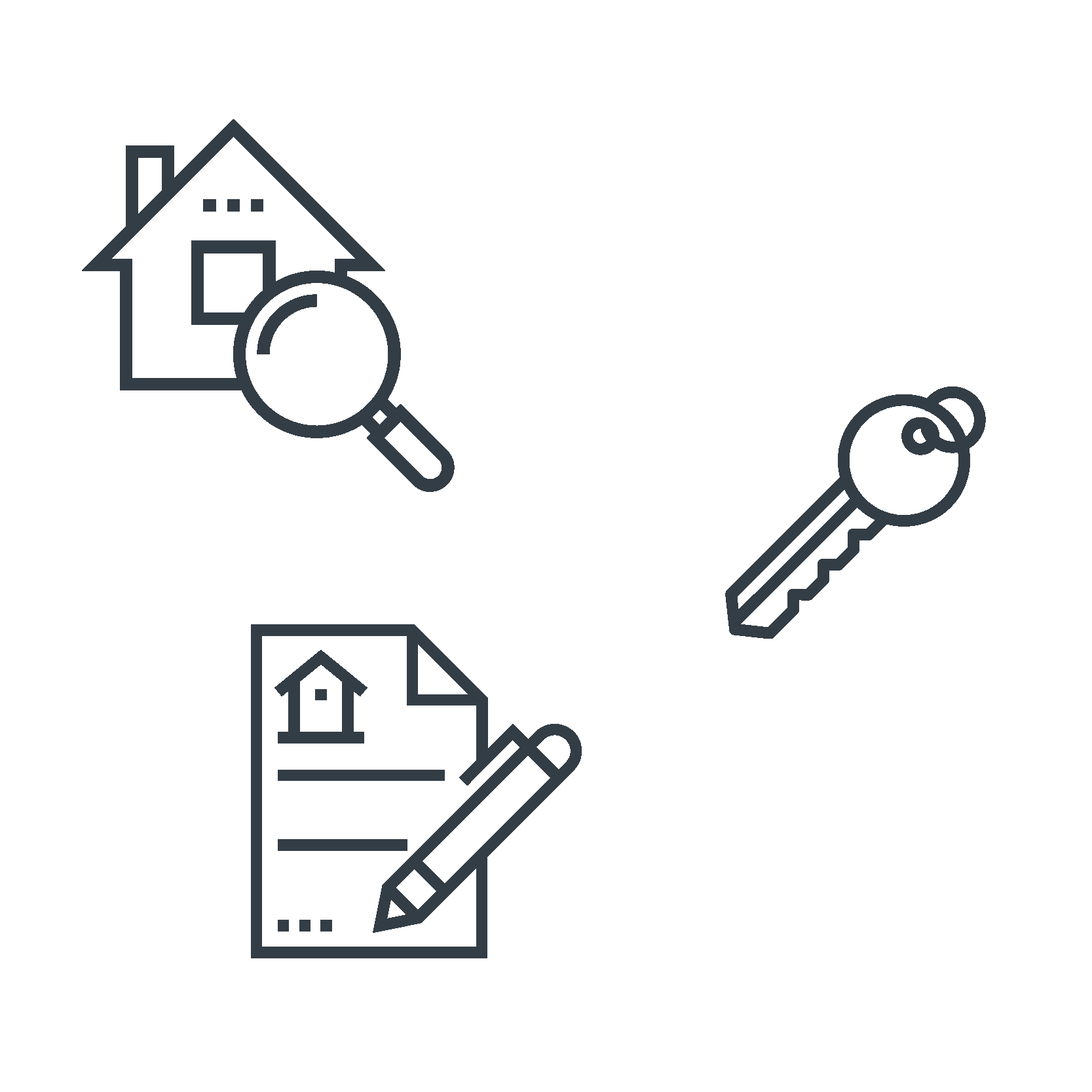The InvestmentZen Guide On
How To Get A Mortgage
Introduction
Why did we write this guide?
When it comes to mortgages, most people know the basics: a mortgage is a long-term loan that lets you buy a house. As the borrower, you pay back the principal (the amount you borrowed) along with interest payments. The property you purchased serves as collateral for your loan.
But if you’re looking to buy a house, you’ll need to know a lot more than these generalities. As we saw during the sub-prime mortgage crisis, too many people jumped into buying a home and took on a mortgage without fully understanding the ramifications.
The problem is that most mortgage guides have one of 2 problems:

Number 1: They're written by people who have a vested interested in making you buy something or they don’t give you all the information you need to know.

Number 2: They’re incredibly detailed but BORING! What good is a piece of content if nobody can read past the second page without falling asleep?
We decided to distill the most important things that a people need to know about mortgages, and present it in a way that’s easy to understand.
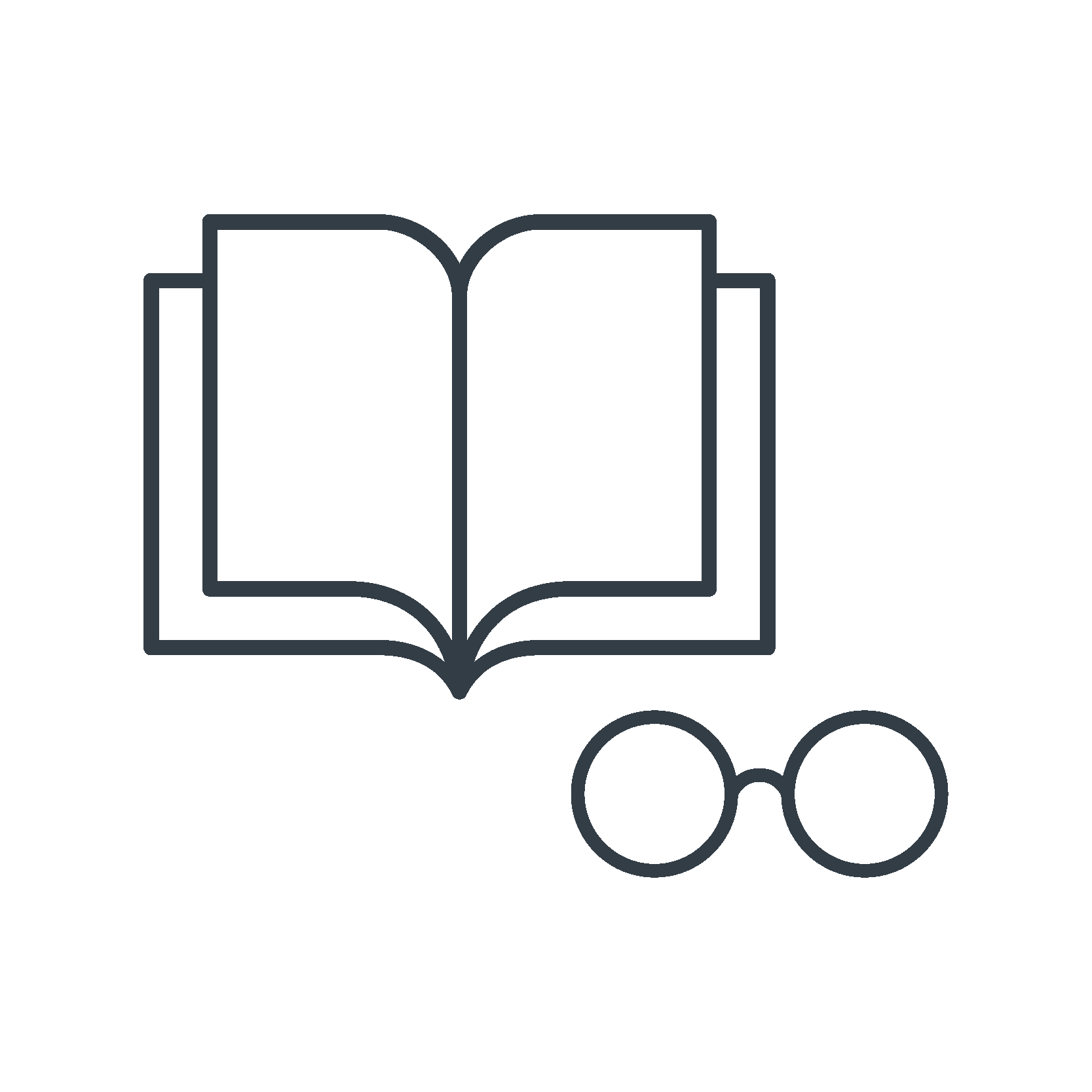
Who is this guide for?
This guide is for:
- home buyers
- real estate investors
- random people googling around for information about mortgages
- people who want an unbiased, independent source of information
- anyone who has fallen asleep trying to read other mortgage guides
- anyone frustrated trying to find what they need to know about mortgages
Basically, if you want to be an informed home buyer, you should read this guide.
How should I use this guide?
If you know absolutely nothing about mortgages, you could read it from beginning to end. Or you could read chapters 1-3 which covers everything you really need to know, then use the rest of the guide for additional reference.
If you’re familiar with most of the basic ideas behind a mortgage - how payments are calculated, the mortgage types available to you, the application process - and are looking for answers to a specific question, then it’s probably best used as a reference guide.
We wrote each chapter as a stand alone mini-guide, so you can use the table of contents to reference relevant sections as you need it.
Chapter 1: The Basics
A mortgage is just a special kind of loan, where the house is the collateral, or the security for the loan, which means if you (as the borrower) don’t pay the loan, the lender will take the house. While you do get to live in the house and use it as if you owned it in every respect, the bank / lender actually holds the title to the house until you pay off the loan.
The cost of borrowing the money is the interest rate on the loan, and since that interest compounds, just a few tenths of a percentage on that rate can make a big difference over the lifetime of the loan, which is commonly 30 years. You pay back the principal (original borrowed amount) along with the interest monthly to the bank that lended to you.
Take Me to Chapter OneChapter 2: Types of Mortgage Loans
Now that we understand mortgage basics, let’s delve into some of the specific types of mortgages that are available. There are many different structures available for most mortgages, and each has a purpose. Most of these government insured mortgages are designed for a particular type of borrower, such as military veterans or residents of rural areas.
There are several types of loans guaranteed by the federal government, some of which we will discuss below. All of these types of loans allow borrowers to receive better rates than they otherwise would have for a conventional mortgage.
Take Me to Chapter TwoChapter 3: What Factors Affect Your Mortgage Rate?
The interest rate that the lender charges for each mortgage is the only profit the lender makes on the transaction. If there is a higher risk for the lender, the rate the borrower will pay will be higher. As a result, all the factors that make you perceived to be a higher risk will increase the interest rate that you pay, so by reducing your perceived risk you’ll also reduce your interest rate and therefore your total interest payments over the lifetime of the loan which adds up to a substantial amount!
Take Me to Chapter ThreeChapter 4: Walkthrough of the Mortgage Application Process
The timeline for applying for a mortgage starts when you’ve decided you’re in the market for a new home. The process can take anywhere from 21 to 90 days depending on a variety of factors such as how quickly you can get required documents to the underwriter, how complicated your personal finances are, the strictness of your lender's underwriting, and how busy your lender's back office is. However, regardless of the time required, the steps are all pretty much the same. Learn more here!
Take Me to Chapter FourDisclaimer: The materials provided are for informational purposes only and is presented without warranty. It is not financial or legal advice and use of the information is at your own risk. To the maximum extent allowed by law, InvestmentZen disclaims any and all liability in the event any information, commentary, analysis, opinion, advice and/or recommendations prove to be inaccurate, incomplete, or unreliable. You should consult with a professional and do your own due diligence before making any financial decisions.


